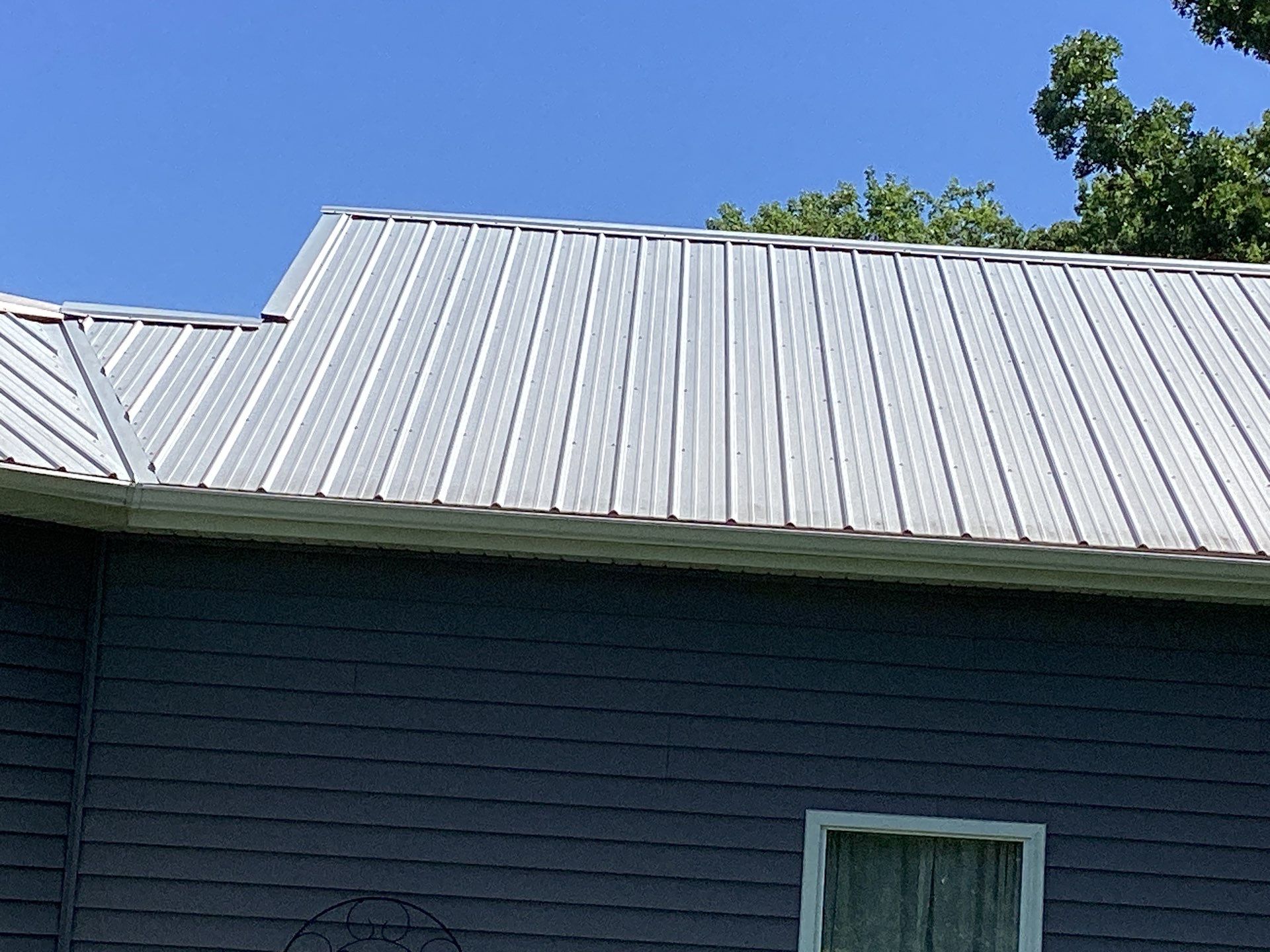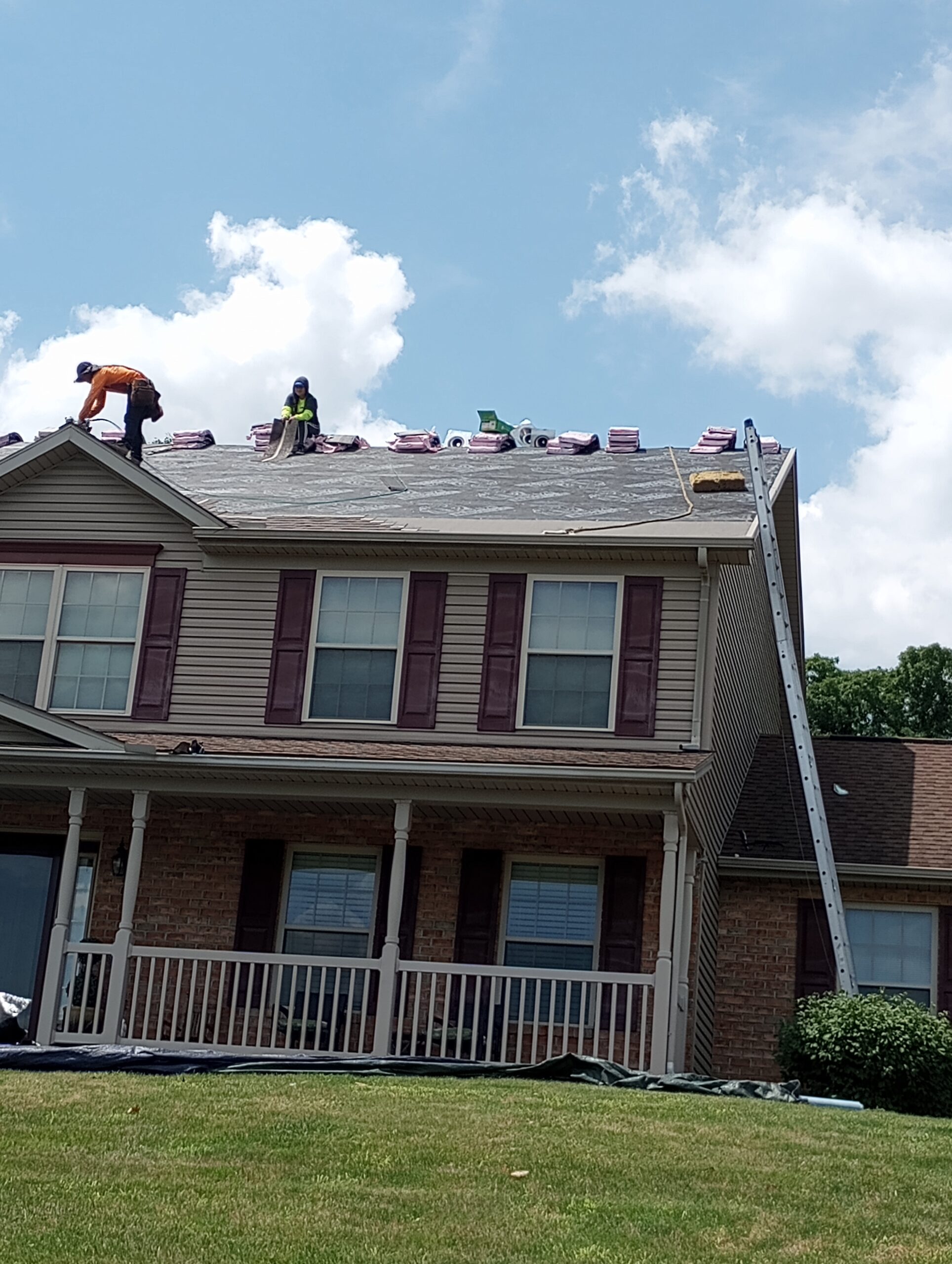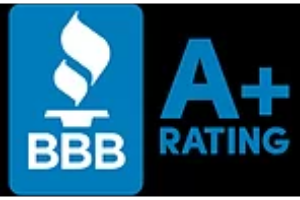Roofing insurance claims are becoming increasingly common, with many homeowners facing the expensive costs of repairs or replacements. Understanding how to file a claim and what information is required can help ensure that your claim is processed quickly and accurately.
Knowing the details of your policy, including deductibles and coverage levels, as well as documenting damage thoroughly before starting the claim process, can help streamline the experience. It’s also important to understand which damages are covered by your insurer and those that aren’t eligible for compensation.
By learning more about roofing insurance claims now, you’ll be able to handle them confidently if they arise in the future.
Understanding Your Roofing Insurance Policy
It is essential to understand your roofing insurance policy in order to get the most out of it. Reviewing coverage and filing requirements are fundamental steps which may help you avoid significant financial losses due to unforeseen events, such as a natural disaster or an accident that causes damage to your property.
Before making any decisions, ensure that all clauses on the policy are understood, including those related to exclusions and limitations. Make sure you note down all details so you can refer back if needed.
It is also important to determine what type of deductible applies in case of a claim. In addition, confirm when renewals and payments are due and how often they need to be made. Doing this will help keep track of your obligations towards the insurer and provide peace of mind knowing that you have adequate protection should something unfortunate occur.

Documenting Damage Before Filing A Claim
Documenting damage before filing a roofing insurance claim is an essential part of the process. It can be difficult to determine the extent and severity of the damage, so seeking professional advice from a qualified contractor or engineer is always recommended prior to submitting a claim.
Assessing risks associated with any repairs should also be taken into consideration as some insurers may not cover certain areas if they are deemed too hazardous for repair.
It is important to take photos and videos that clearly illustrate the problem area in order to provide evidence when filing a claim. This will help establish exactly what type of work needs to be done and make it easier for adjusters to assess damages accurately.
Additionally, keeping copies of all receipts related to emergency repairs undertaken after discovering damages can also prove beneficial when making an insurance claim.
By following these steps and taking time to document any necessary information, individuals can ensure their roofing insurance claims are processed smoothly and efficiently.
Submitting The Roofing Insurance Claim
The sound of rustling paperwork is the first indication that a roofing insurance claim has been initiated.
As the review process begins, it can be easy to become overwhelmed by the amount and complexity of documentation required to submit a successful claim.
Seeking guidance from an experienced professional can help alleviate some of this stress; having someone walk you through all aspects of filing your insurance claim will ensure that no detail goes overlooked.
It is also important to remember that not all losses are covered under a standard homeowner’s policy, so reviewing the details with care is essential for receiving maximum coverage.
Additionally, those who have had previous claims should take extra caution in making sure their records are up-to-date before submitting any new ones.
By taking these steps and exercising due diligence, homeowners can rest assured knowing they have done everything possible to secure payment on their roofing insurance claim.
Identifying Covered Damages
When dealing with roofing insurance claims, it is important to understand the covered damages. Identifying and assessing any potential risks must be done before filing a claim in order to ensure that you are properly protected from any financial losses.
Examining policies should include knowing what coverage applies for different types of damage. This will help determine if there are certain repairs or replacements that may not be included in your policy. It is also essential to evaluate how much coverage each type of damage has as this can impact future costs and liabilities associated with an incident.
Additionally, understanding the deductibles on your plan is key since they often affect how much money needs to be paid up front prior to getting reimbursed by the insurer. Knowing these details ahead of time can make the process smoother when submitting a claim and give you peace of mind knowing that you have taken all necessary steps to protect yourself in case something goes wrong.
Negotiating With Your Insurance Company
Negotiating with your insurance company can be a daunting process, especially when it comes to roofing insurance claims.
It is important for homeowners to understand their coverage and what they are entitled to under their policy before attempting negotiations. This includes reviewing the terms of the contract in order to ensure that all necessary areas of coverage have been addressed.
Additionally, seeking advice from an experienced roofing contractor or attorney may help protect against any potential surprises during the negotiation procedure. When dealing with complex issues such as roofing insurance claims, having knowledge of the options available and understanding how those apply to an individual’s specific situation will result in better outcomes.
Homeowners should take time to thoroughly research each option and ask questions if needed; this way they can make informed decisions about their claim rather than relying on assumptions based on generic information found online. Furthermore, being proactive throughout the entire process can increase chances of success when negotiating with insurers.

Preparing For Reimbursement
When filing roofing insurance claims, assessing costs is one of the most important steps in preparing for reimbursement. It can be a time-consuming process due to the various pieces and parts involved, such as labor and materials needed for repairs or replacements.
All receipts should be gathered during this stage so that an accurate evaluation of costs can be made when submitting the claim. Additionally, taking pictures before any work begins can help provide evidence if there are discrepancies with the insurer’s assessment.
Seeking help from professional contractors can make it easier to estimate building costs accurately and ensure that all necessary paperwork is submitted correctly. Contractors may also have valuable knowledge on how best to approach insurers when negotiating payment amounts, making them invaluable resources throughout the claims process.
Ultimately, being prepared and having assistance available will give claimants their best chance at receiving full coverage for their roof repair or replacement project.
Protecting Your Home Against Future Damage
Taking preventative measures to protect your home from future roofing damage is essential for reducing the cost of insurance claims.
Installing quality materials and making sure that all roof components are properly maintained can help reduce the risk of costly roof repairs or replacements in the future.
It is also important to review coverage levels annually, as new discounts may be available with certain providers which could significantly lower premiums while still providing adequate protection against unexpected damages.
Homeowners should consult a trusted expert on what preventive steps will work best for them before taking any action. This can help ensure that homeowners have taken necessary precautions without overpaying for unnecessary products or services.
Additionally, it is important to keep records of inspections, maintenance and repair logs in order to prove when such actions were taken if needed at some point in the future.









